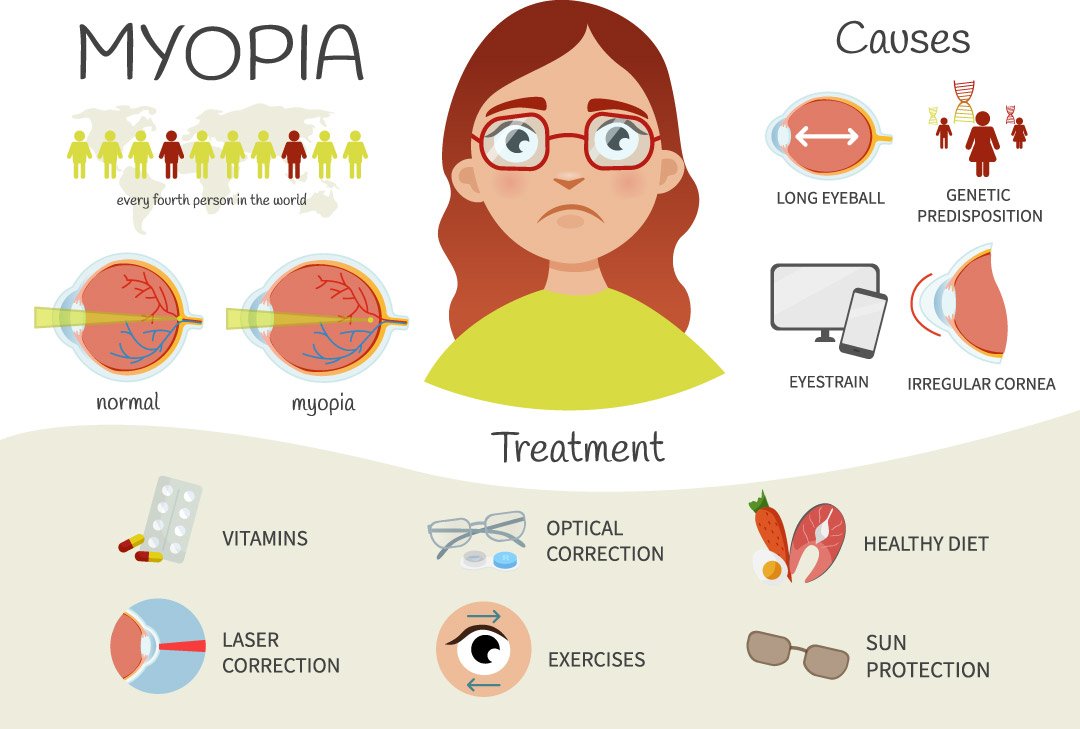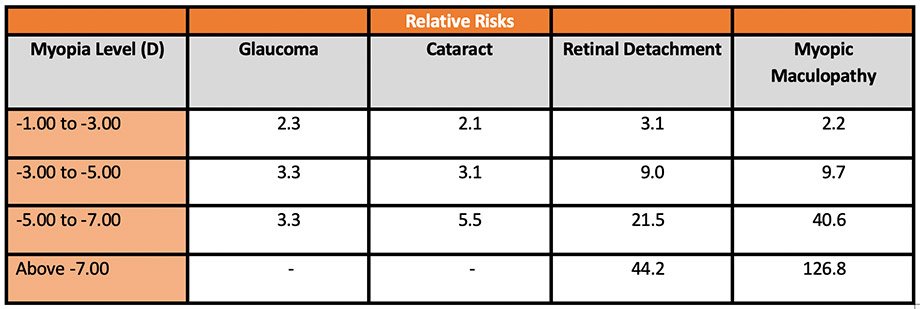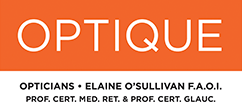Myopia Management
At Optique Opticians we offer myopia control and myopia management services. Myopia is a condition which is commonly also known as short or near sightedness. It is where the axial length of the eye is longer and light rays focus in front of the retina, resulting in a blurred image. This is normally corrected by glasses, contact lenses or by laser refractive surgery. It is important if you think your child is myopic that you make an appointment for a consultation with our Optometrist as there are options proven to slow the progression of myopia in children.
Children should be examined in any case from age two onwards for early detection of all types of focusing problems especially if there are signs of vision problems and/or family history of such. The key to managing all visual problems is early detection, early intervention and early treatment with ongoing management. This enables children with vision problems to reach their highest visual potential and to limit and slow down factors which potentially can involve further ocular disease complications.
Myopia prevalence is rising at a steady rate and one in two people are expected to be myopic by 2050 – that is 50% of the worlds population. Myopia unfortunately is linked to increased risk of eye diseases such as myopic macular and retinal degeneration, glaucoma, retinal detachment and cataract.
It is therefore important to consider myopia control and the slowing of its progression as early as possible in childhood which is the critical period that myopia actively progresses. As children’s eyes actively grow and their myopic prescriptions accordingly it leads to dependency on glasses or contact lens correction and restricted visual ability in everyday life. It is, however, the increased risk of eye diseases later in life which can lead to quality of life issues, vision impairment and irreversible blindness, with resultant effects of socio-economic financial burden.
Symptoms to look out for:
- Complaints of ocular fatigue and/or headaches
- Blurred vision far away i.e. the board in the classroom or not seeing objects in the distance.
- Eyes turning in or out (strabismus)
- Sitting too close to digital screens or the TV
- Holding reading materials such as books or digital devices at close range
- Blinking and rubbing of eyes more than usual
- Squinting or peering at objects resulting in concentration and/or retention difficulties

Currently, there are four types of optical treatments which use myopic defocus for controlling myopia and slowing down its progression. The efficacy varies from approximately from 40-70% depending on various factors such as genetic predisposition, lifestyle and therapeutic influences.
1. Multifocal Contact Lenses – MiSight Contact lenses are the first soft contact lens licensed by the F.D.A. on the 15th of November 2019. However, many multifocal contact lenses have been used in the last few years with very good success rates for myopia control.
2. Orthokeratology – These are specialised rigid contact lenses which are worn overnight to slow down the axial elongation of the myopic eye. There are a number of registered eye care practitioners in Ireland who fit these lenses.
3. Atropine eye drops which are widely used in Asia for myopia control but are currently as of yet unlicensed in Ireland and various other countries.
4. Multifocal glasses – bifocal and progressive addition lenses (PALS)
The two main risk factors are genetics and behavioural influences in one’s environment.
Genetic
Myopia risk increases when one or more parents are myopic
22% risk of developing myopia when neither parent is myopic
31% risk of developing myopia when one parent is myopic
46% risk of developing myopia when both parents are myopic
Behavioural Influences
More time spent indoors doing prolonged near vision tasks has shown to cause progression of myopia e.g. a lot of close range reading and use of portable digital devices such as tablets and smartphones. Poor lighting is also a contributing factor.
Less time spent outdoors in urban environments has been found to encourage myopia development due to insufficient stimulation of the retina from daylight. Research has shown that the developing eyes of a child need a minimum of 90 minutes outdoors every day and the rate of myopia progression has been proven to slow down during the summer months as a result of ambient daylight and exposure to bright sunlight.
Other Infulences
Ethnicity is a risk factor and the prevalence is very high in Asians. 50-90% in some areas. The prevalence in Europe, America and Australasia is approximately 35% with the lowest rates of myopia being recorded in Africa at approximately 6%. There is also a link with nutrition, obesity and lack of cardio-vascular activity.
The following chart gives an indication of the odds ratios related to risk of eye diseases in relation to the level of the myopic prescription.
Enrollment in local colleges, 2005

Myopia has been listed on the World Health Organisation’s (WHO) International Classification of Diseases. It’s Vision 2020 Initiative has been included in the top five priorities of the WHO. In 2010 there were 10 million visually impaired and 3.3 million blind people worldwide. It is predicted by current recorded trends that by 2050 there will be 55 million visually impaired and 8.5 million blind people globally.
